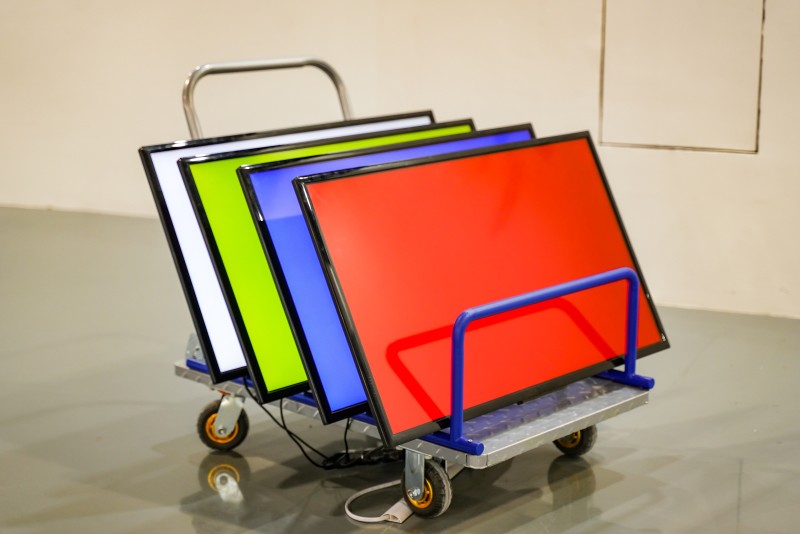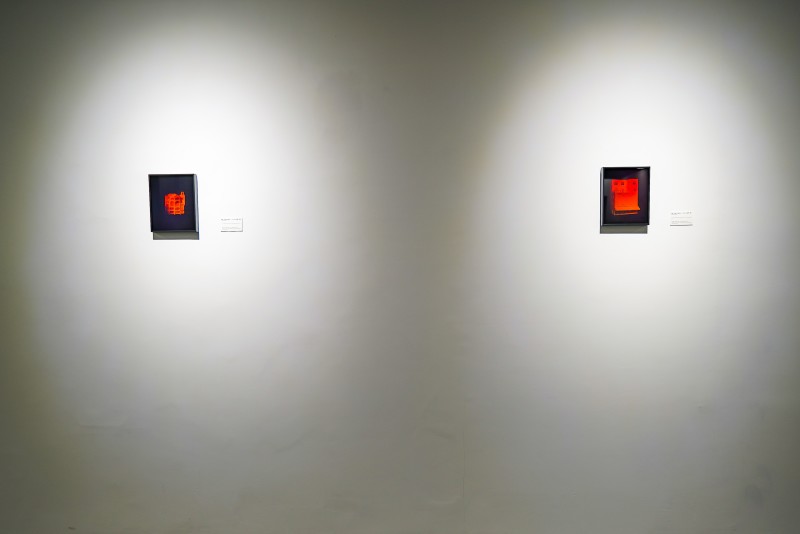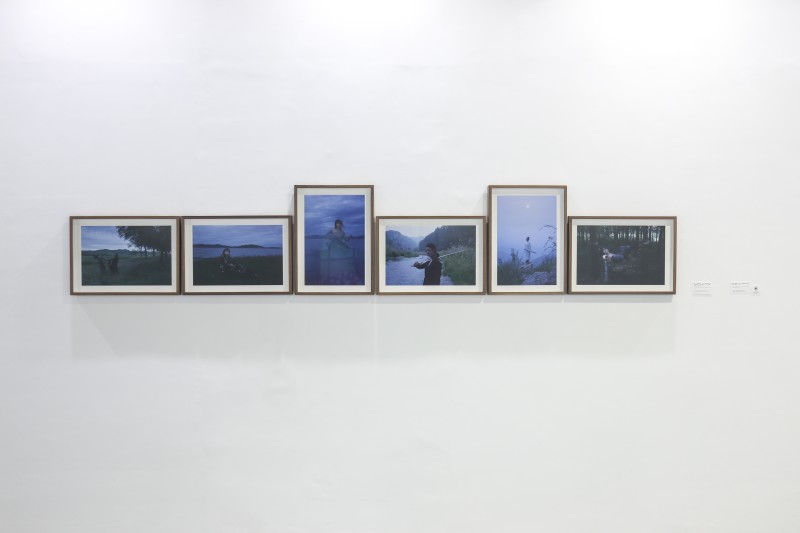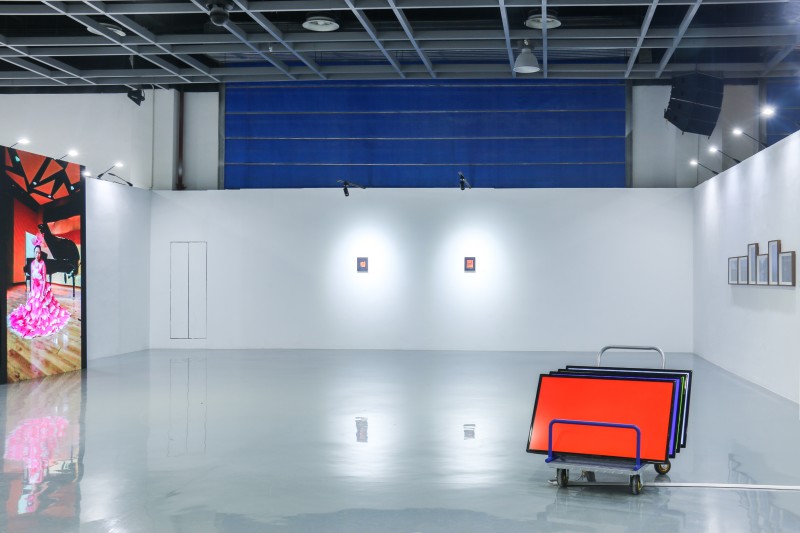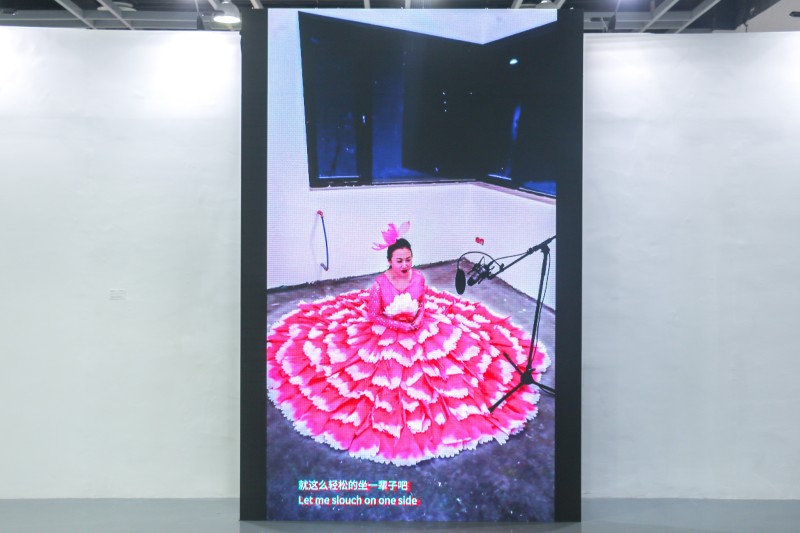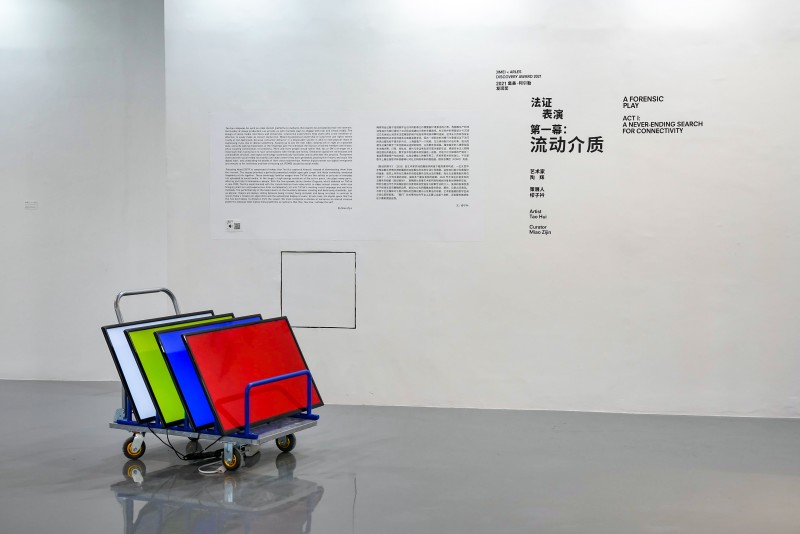Artist: TAO HUI
Born in Yunyang, Chongqing, China. He graduated from Sichuan Fine Arts Institute with a BFA in Oil Painting in 2010 and currently lives and works in Beijing, China.
Tao traversed into the art of video and installation, drawing from personal memories, visual experiences and popular culture to weave an experimental visual narration, the focus of which is often our collective experience. Running throughout his work is a sense of misplacement vis-à-vis social identity, gender status, ethnicity and cultural crisis, prompting the audience to face their own cultural histories and living conditions.
He won the special award of Contemporary Art Archive from Sichuan Fine Arts Institute in 2008 and "Art Sanya & Huayu Youth Award" in Sanya in 2015. He also won the grand prize of 19th “Contemporary Art Festival Sesc Videobrasil”, and was shortlisted for “HUGO BOSS ASIA ART Award for Emerging Asian Artists” and International Competition sector of the KINO DER KUNST festival in 2017. In 2019, he is shortlisted for the inaugural Sigg Prize. Tao Hui has exhibited solo exhibitions at OCAT Xi’an, China and UCCA, Beijing, China. His works have also been exhibited and screened worldwide, include: Centre Pompidou, Paris, France; Fondation Louis Vuitton, Paris, France; MACRO ASILO, Rome, Italy; Pino Pascali Museum Foundation, Polignano a Mare (BA), Italy; Museum of Contemporary Art Leipzig, Leipzig, Germany; Belem Cultural Center, Lisbon, Portugal; The Centre d’Art Contemporain Genève, Geneva, Switzerland; Contemporary Art Festival Sesc Videobrasil: Southern Panoramas, São Paulo, Brazil; Hong-gah Museum, Taipei; Kyoto Art Center, Japan; Asia Culture Center(ACC), Korea; National Museum of Modern and Contemporary Art, Seoul, South Korea; the 4th Vancouver Biennale, Vancouver, Canada; Red Brick Art Museum, Beijing, China; Beijing Minsheng Art Museum, Beijing, China; Rockbund Art Museum, Shanghai, China; 11th Shanghai Biennale, Shanghai, China; Para Site, Hong Kong, China.





